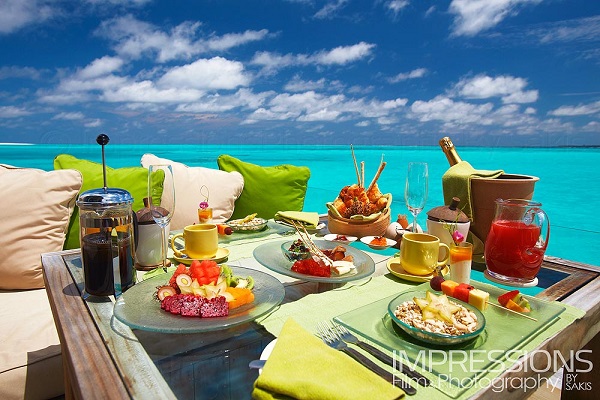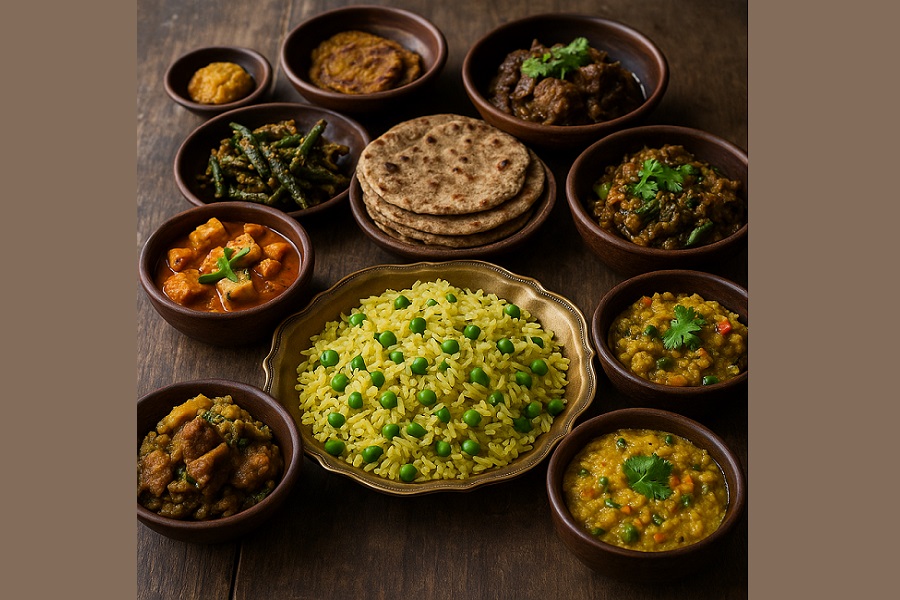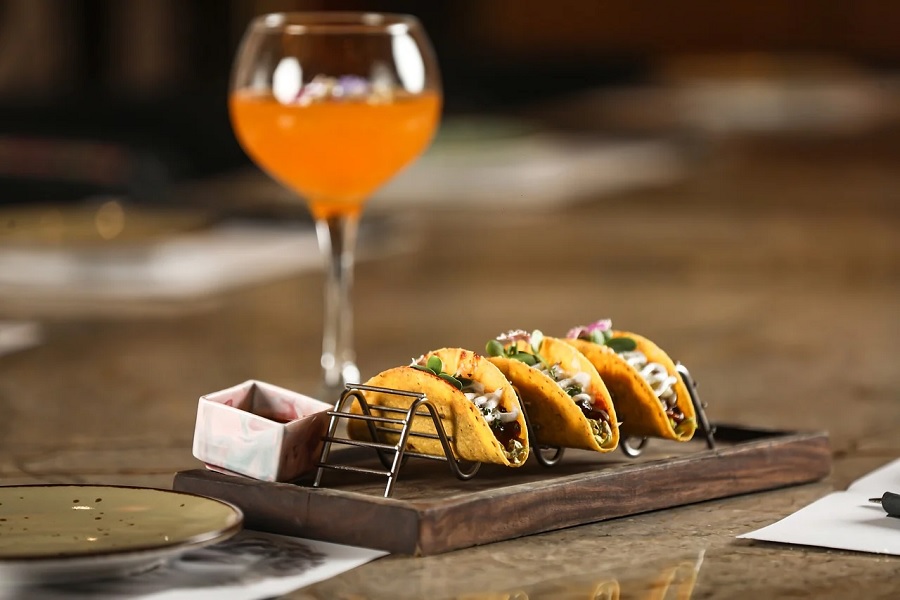Food and Beverage Tourism: A Delicious Journey Around the World

What is Food and Beverage Tourism?
Food and beverage tourism involves traveling with the primary purpose of experiencing and enjoying the unique food and drink offerings of a destination. From street food stalls to gourmet restaurants, from vineyards to craft breweries, culinary tourism is a sensory journey that goes beyond eating—it’s about discovering heritage, craftsmanship, and community.
Why is Food and Beverage Tourism Popular?
Cultural Connection: Food is a powerful gateway to understanding a place’s history, traditions, and identity.
Unique Experiences: Culinary tours, cooking classes, and tasting sessions provide hands-on, immersive travel moments.
Social Interaction: Sharing meals often fosters connections with locals and fellow travelers.
Supporting Local Economies: By patronizing local producers, restaurants, and markets, travelers help sustain communities and preserve culinary traditions.
Popular Food and Beverage Tourism Experiences
Food Tours: Guided walks through markets, street food hotspots, or famous restaurants to sample diverse dishes.
Cooking Classes: Learning to prepare traditional recipes under expert guidance.
Wine and Craft Beer Tastings: Visiting vineyards, breweries, and distilleries to explore local beverages.
Festivals and Events: Participating in food festivals, harvest celebrations, and culinary fairs.
Farm-to-Table Experiences: Visiting farms and tasting fresh, locally sourced produce.
Top Destinations for Food and Beverage Tourism
Italy: Renowned for its pasta, pizza, wine regions like Tuscany, and rich culinary heritage.
Japan: Famous for sushi, ramen, street food, and tea ceremonies.
Mexico: Known for vibrant flavors, tacos, mole sauces, and mezcal.
France: Celebrated for fine dining, cheese, pastries, and wine.
India: Offers a rich tapestry of spices, street food, regional dishes, and traditional drinks.
Tips for Food and Beverage Tourists
Be Adventurous: Try local specialties, even those unfamiliar or unusual.
Learn the Etiquette: Understanding dining customs enhances the experience and shows respect.
Stay Hygienic: Choose reputable places and ensure food safety.
Engage with Locals: Ask about family recipes and food history for richer stories.
Balance Your Palate: Sample a variety of dishes and beverages to appreciate diversity.
The Future of Food and Beverage Tourism
With growing interest in sustainability and health, culinary tourism is increasingly focusing on organic, farm-to-table dining, and ethical food sourcing. Technology also plays a role, with apps and online platforms helping travelers discover hidden culinary gems and authentic experiences.
























